Green architecture is blooming
By blending nature with architecture, some geniuses creators pave the way for a future where built environments nurture both humanity and the planet.
Green architecture has been one of the buzzwords in the industry for about a decade.
Now, architects are introducing us to a new concept: Biophilic design.
This term refers to connecting people with nature through architecture.
This evolution enhances not only the visual appeal of spaces. It also contributes to improved well-being and a closer connection to nature.
It is evolving fast to encompass more than just indoor plants and large windows.
Modern homes now feature living walls, internal courtyards and even built-in ecosystems, blurring the boundaries between natural and built environments.
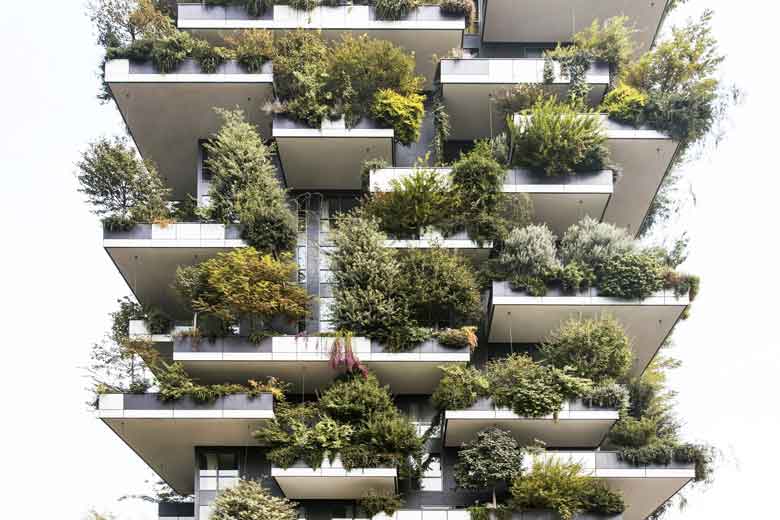
New green designs transform Architecture to a tool for well-being, addressing physical, mental and environmental health.
Studies show that exposure to nature reduces stress, increases productivity and fosters creativity.
Workplaces with biophilic elements report higher employee satisfaction and efficiency, while hospitals utilising this principles see faster patient recovery rates.
Moreover, they mitigate environmental impact by incorporating sustainable materials and energy-efficient systems.
Urban examples demonstrate how green designs can even combat climate change by absorbing carbon dioxide and reducing urban heat.
In a world facing rapid urbanisation and environmental challenges, Biophilic Design offers a blueprint for creating resilient, sustainable and human-centric spaces.
It serves as bridges, connecting human needs with the serenity of the natural world.
Architects carve green pathways into the dense fabric of urban landscapes, crafting spaces that harmonise our life with ecological balance.
Pioneers of the Green Revolution
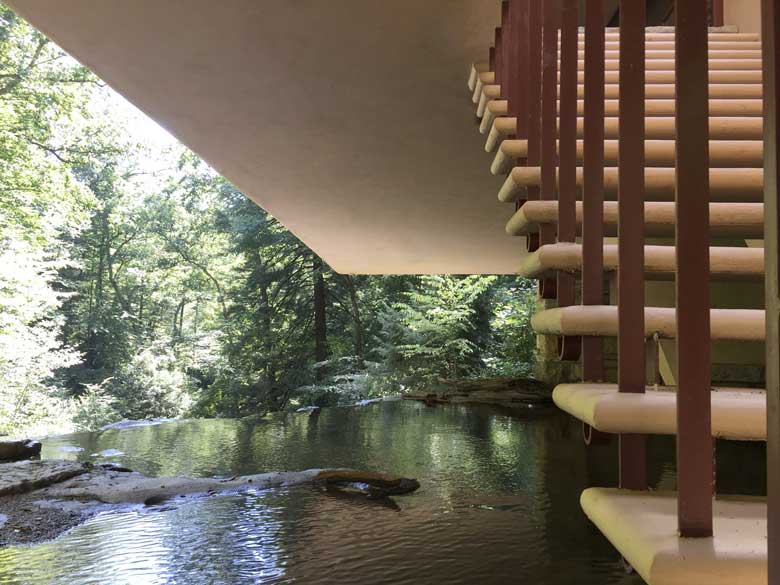
Frank Lloyd Wright (1867–1959)
Revered as a master of architectural harmony, the American master forged a legacy by drawing direct inspiration from nature.
Born in Wisconsin, his upbringing instilled in him a deep respect for organic beauty.
His Prairie School movement promoted structures that seemed to emerge naturally from their surroundings, laying the groundwork for an architecture that effortlessly blends with the Earth.
Frank Lloyd Wright’s most famous house, Fallingwater (1935), epitomises the seamless integration of architecture and nature.
Located in the Pennsylvania woods above a waterfall, the house immerses its inhabitants in the sights and sounds of the surrounding forest, offering a haven of peace.
The iconic creation subtly blends into the river stream.
Stone and water intertwine creating a sanctuary where nature and human life are inseparable.
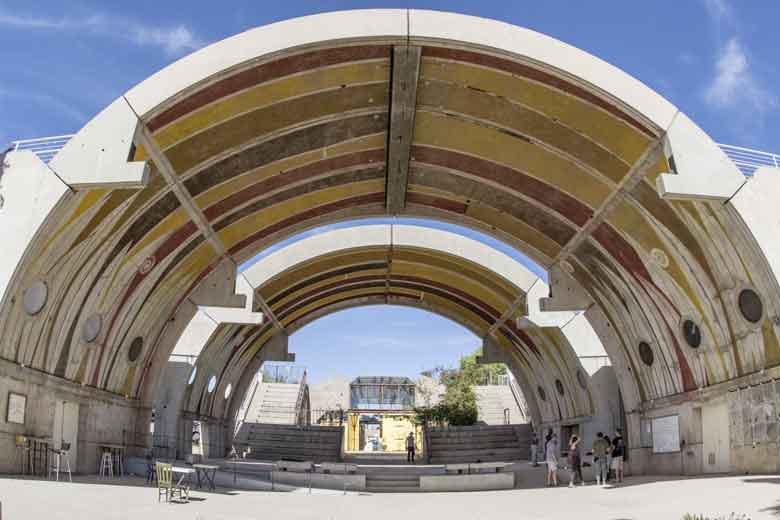
Paolo Soleri (1919–2013)
Inspired by Renaissance ideals, Soleri is an Italian creator who designed with an ecological conscience that still resonates today.
Incorporating ecosystems into urban designs, he charted a path toward sustainable living that transcends time and geography.
Soleri envisioned cities that bloomed like flowers in arid sands.
His experimental desert project became his laboratory and home, showcasing his revolutionary concept of “Arcology”: fusing architecture and ecology.
Arcosanti (1970) emerges from the vast Arizona desert as a testament to sustainable living.
His curved structures harness solar energy and reflect a vision of urban spaces that coexist harmoniously with the rhythms of the Earth.
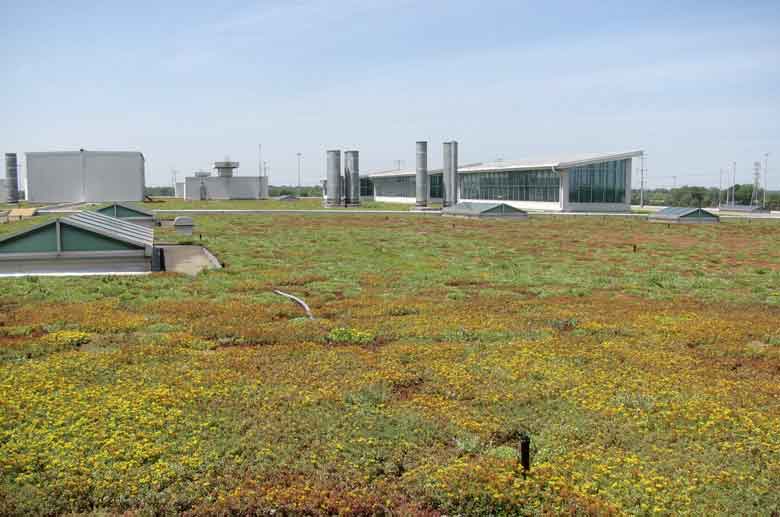
William McDonough (1951– )
This American, born in Tokyo and immersed in diverse cultural influences, dedicates his work to challenging the wastefulness of modern design.
His creations embody the cycles of life, offering hope for harmonious coexistence between humanity and the planet.
As an innovator of sustainable design, William McDonough champions a philosophy that emphasises regeneration and renewal of architecture.
His projects, such as the Ford Rouge Center, illustrate his commitment to creating spaces that integrate environmental health with human activity.
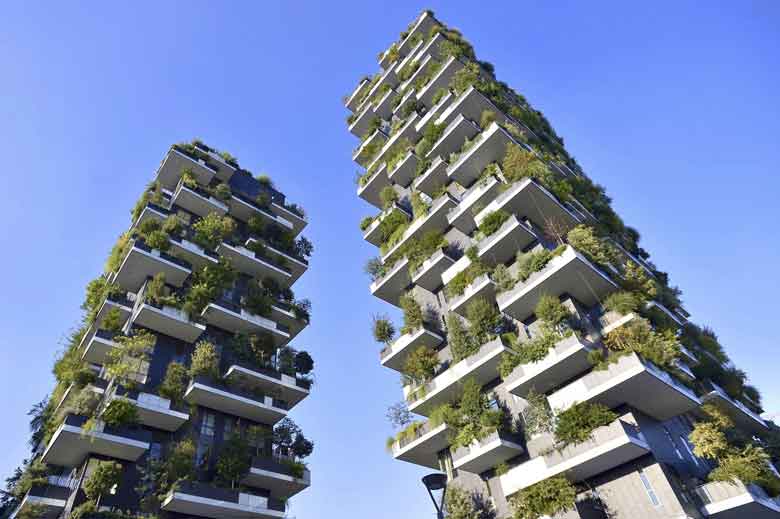
Stefano Boeri (1956– )
Known for his imaginative approach to urban design, the Italian Boeri reinvented architecture with his Bosco Verticale in Milan (2014).
The building, adorned with over 900 trees, purifies the city’s air by offering a haven for biodiversity.
It brings a forest into the heart of the city.
These towering structures, covered in lush vegetation, provide fresh air and a sanctuary for wildlife, showcasing a bold vision of urban ecology.
Their facades, filled with life, represent a future where urban and natural environments coexist.
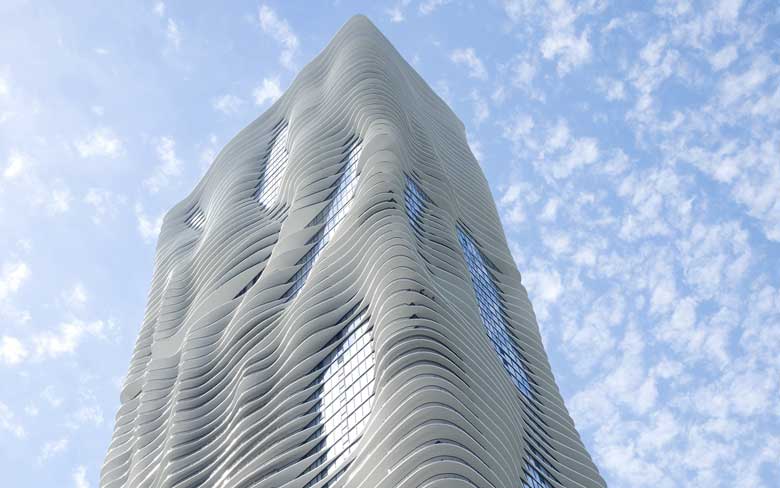
Jeanne Gang (1964– )
Her bold vision combines ecological elements with modern design.
The creations of this daring American transform urban skylines into organic expressions of form and function.
Aqua Tower in Chicago (2009) is a masterpiece that reshapes the skyline with a fluid, undulating design.
Curvilinear terraces mimic flowing waves and interact with wind and light.
They not only captivate the eye, but also create functional spaces that embrace the elements of nature.
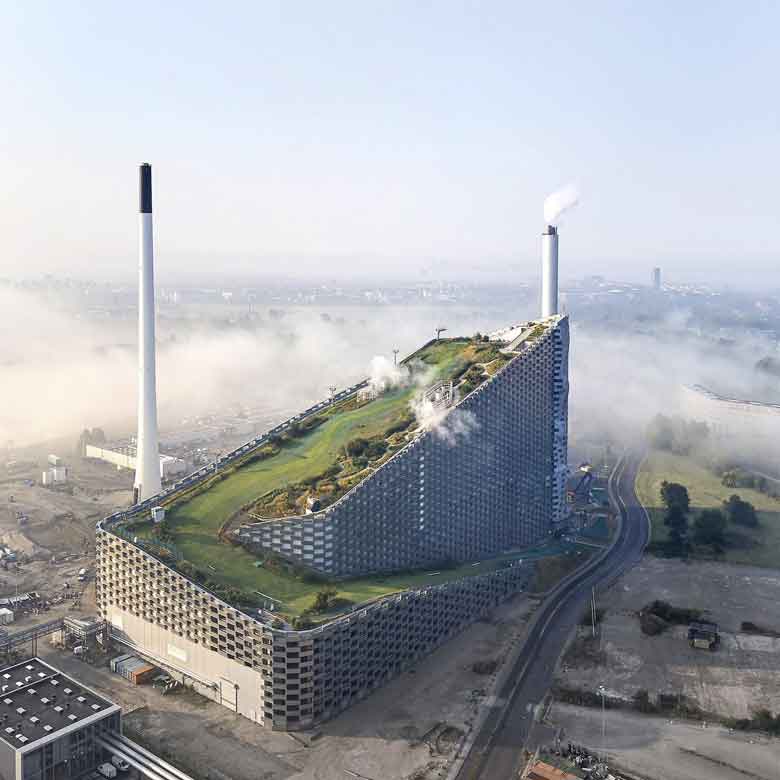
Bjarke Ingels (1974– )
A dynamic force in contemporary architecture, Ingels has reinvented urban living with projects such as Mountain Dwellings in Copenhagen (2008).
His housing fuse residential spaces with green landscapes.
A stepped design turns rooftops into vibrant gardens, allowing each resident to enjoy their private green Eden.
It is a harmonious blend of urban life and nature.
The young Dane Ingels infuses creativity and environmental awareness. His projects reflect a playful approach to sustainable architecture, such as the CopenHill power station, converted into a grass ski slope.
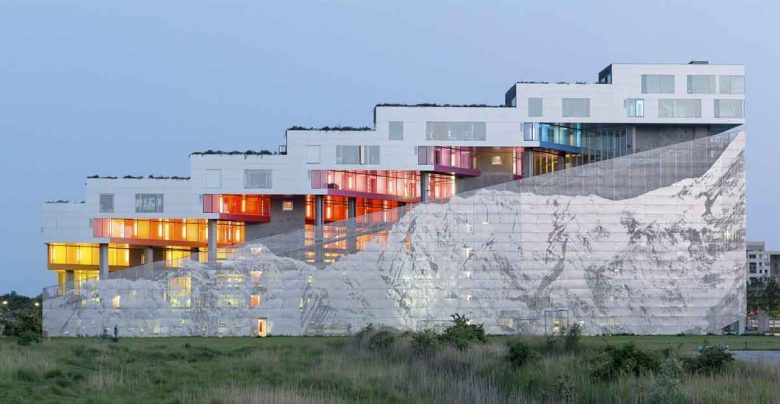
Global Symphony for a Green Future
Humanity charts a brighter course with the interplay of steel with vegetation.
From deserts to bustling metropolises, architects invite nature into the heart of their creations.
Projects that are a gift to the children of tomorrow, a chance to mend the fractures between human progress and ecological health.
Biophilic Design represents not only a green movement but a commitment to reshape our world with creativity.
By envisioning cities where natural and built environments coexist, we sow the seeds of a greener, more sustainable future.
Let this evolution guide us toward a shared vision, where every generation can thrive in harmony with the planet.
